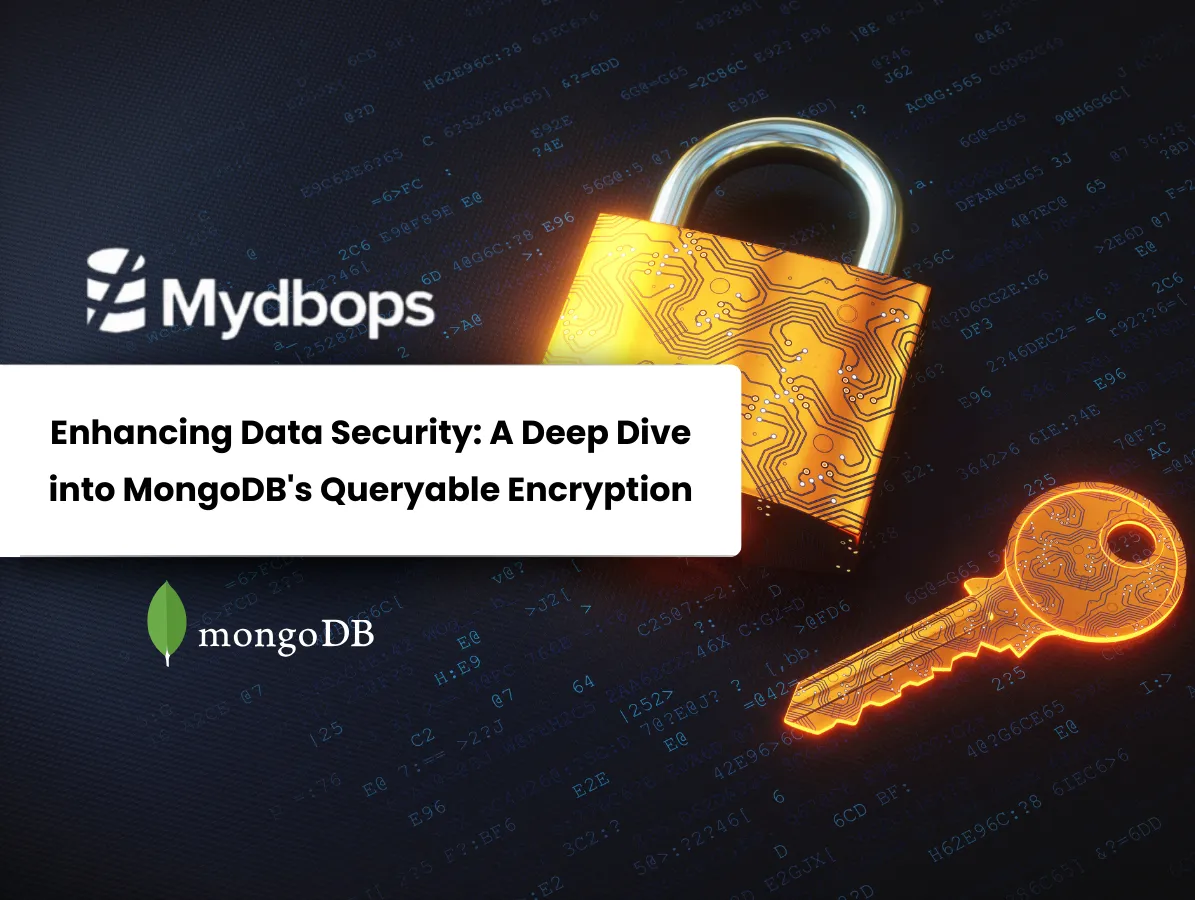Encryption is a fundamental pillar of modern database security, ensuring that sensitive data remains protected from unauthorized access. As cyber threats grow more sophisticated, database professionals must implement robust encryption strategies to maintain data confidentiality and meet regulatory compliance standards.
This tag covers the latest insights, best practices, and real-world use cases for implementing encryption across various database systems.
Encryption in databases involves transforming readable data into an unreadable format using cryptographic algorithms. Common methods include Transparent Data Encryption (TDE), column-level encryption, and encryption at rest or in transit. These techniques are essential in protecting data from breaches, especially in industries like finance, healthcare, and e-commerce. This tag also explores tools and features like MySQL’s data-at-rest encryption, PostgreSQL pgcrypto, and MongoDB’s Encrypted Storage Engine.
Implementing encryption can lead to performance overhead, configuration complexity, and key management issues. Blogs under this tag provide actionable solutions, covering how to balance performance with security, manage encryption keys effectively, and ensure compliance with standards like GDPR and HIPAA.
Browse the expert blogs under the Encryption tag to stay ahead in securing your database environments. For enterprise-level encryption strategies and consulting, reach out to Mydbops—your trusted partner in database security and performance.
